A new Cold War with China may be brewing
- By Alex Hollings
Share This Article
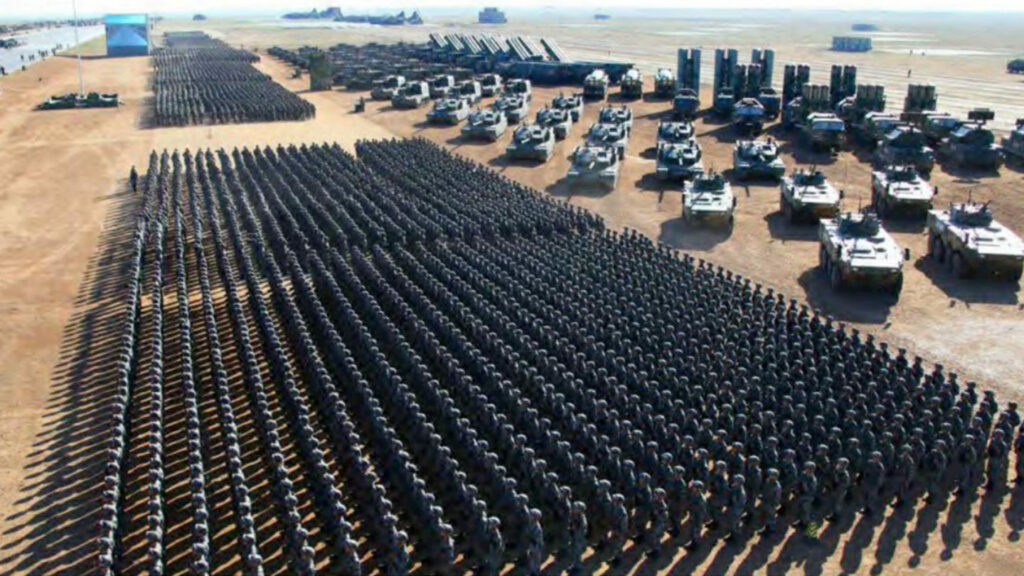
As the United States military shifts its footing back toward the possibility of near-peer warfare with opponents like China, we once again face what could likely become a new Cold War. China, under the leadership of Xi Jinping, has found itself in direct competition with the United States on diplomatic and economic world stages, and as that competition continues to heat up, the chances for conflict will grow in parallel.
However, it seems likely that, because both China and the United States know open war would be catastrophic, tensions between these states may likely boil over into regional squabbles, proxy conflicts, and weapons races as both states work to assert dominance without crossing the line into overt acts of war.
China’s military does lack combat experience, but the combat experiences many American service members do have doesn’t translate directly to the types of combat a Sino-American war would likely see. However, if an American conflict with China never boiled over into open war and instead remained “Cold,” America’s military experience in the realm of asymmetric combat operations will likely give U.S. troops a competitive edge.
Fighting terrorism and providing stability
For nearly two decades now, the United States military has been engaged in combat operations in multiple theaters around the globe. While a great deal of focus has been placed on the American presence in Iraq and Afghanistan, the shadow of terrorism looms large over underdeveloped portions of the world, and as a part of America’s counter-terrorism efforts, a U.S. presence of some kind often provides direct or indirect support to nations combatting extremism the world over.

Other American troops also provide a stabilizing or support presence in developed portions of the world, like Europe, where NATO remains vigilante in the face of Russian aggression, particularly during Russia’s periodic Zapad (“West”) military exercises that often see a large scale massing of Russian military hardware in both Belarus and Kaliningrad. In the South China Sea, the American Navy conducts Freedom of Navigation Operations (FONOPs) to counter China’s illegal claims over the waterway. In the Atlantic, the U.S. Navy’s 2nd Fleet stands guard against Russian submarines.
The list goes on, but the point stands clearly: America’s military has spent decades fighting asymmetric battles against extremist groups while also providing essential stability in areas of the world threatened by lawlessness or ill-intentioned local powers.
Combat experience as a competitive edge
Although the results of America’s war fighting strategy in Afghanistan have been called into question, particularly in recent years as America works toward finding a feasible way to remove troops from the region, America’s combat tactics have continually improved throughout these long years of counter-terror, counter-insurgency, and stabilizing operations. While many other nations have joined the U.S. in these operations, American troops often represent the sizable portion off forces allocated to many of these efforts.

In fact, it can be said that one of the most important military assets the United States now brings with it into any conflict is experience. Unlike China, which has maintained a fairly limited role in anti-terror operations and hasn’t seen truly large scale combat operations since the 1950s, America doesn’t just have firepower on its side, it also has troops at nearly every level of the defense apparatus that can pull from real first hand experience on combat deployments.
In recent years, China has begun seeking opportunities to gain valuable combat experience as it has invested heavily into new military technologies and, just as importantly, an entirely new organization and culture within its defense apparatus. Much like the Cold War with the Soviet Union, defense technology will play an integral role in America’s ideological conflict with China. Indeed, it already has, as the U.S. finds itself competing with China in a number of defense technology fields ranging from high energy laser weapon systems to hypersonic missile platforms.

China’s massive military lacks the means to deploy a sizable number of troops elsewhere on the globe and lacks the resources and friendly harbors required to deploy a truly “blue water” (or global) naval fleet, among a litany of other challenges–but while China can solve many of those problems through investment alone, experience remains elusive.
This experience gap can be seen perhaps most vividly in China’s hunt for effective carrier commanders for the nation’s quickly growing fleet of aircraft carriers. While China’s carriers are not nuclear powered like America’s, and China’s carrier-based fighters, the J-15, have proven unreliable at best, the biggest weak link in the strike group chain remains qualified leadership, as Beijing-based naval expert Li Jie explained late last year:

“Aircraft carrier strike groups are supposed to sail on the high seas and into unfamiliar territory, so aside from having a background as naval aviators, all commanding officers should have a broad set of skills and knowledge — from foreign languages and international maritime law to air and sea operations — to help them make good decisions,” he wrote.
To use the current Captain of the Nimitz-class aircraft carrier USS Ronald Reagan as a contrasting example, Captain Pat Hannifin flew 2,800 hours in 33 different military aircraft, served as a commander of an amphibious transport dock vessel, and also as the executive officer of another Nimitz-class aircraft carrier (as an abbreviated rundown of the man’s extensive credentials) before his first day as a carrier commander.

Hannifin has experience in the fight from nearly every naval vantage point, from the stick of Super Hornets all the way up to the command deck. China’s carrier commanders, however, simply don’t have the opportunity to gain the experience American military leaders do.
America and asymmetric warfare
American military tactics that have been drilled into our service members in uniform today are entirely based on asymmetrical warfare. The challenges American troops face in Afghanistan are unique when compared to the threats posed by near-peer rivals like China. American fighter pilots have transitioned largely to providing air support for friendly troops through air strikes on ground targets in uncontested airspace. America’s Navy has grown extremely competent and launching ballistic missile strikes as well, but again, rarely with any threat posed to the vessels conducting the launch.
Indeed, even the decision to end production on the first ever operational fifth-generation fighter, the Lockheed Martin F-22 Raptor, was truly a cost-saving measure with the understanding that the United States didn’t need to worry about air superiority while fighting against groups with no air forces to speak of.
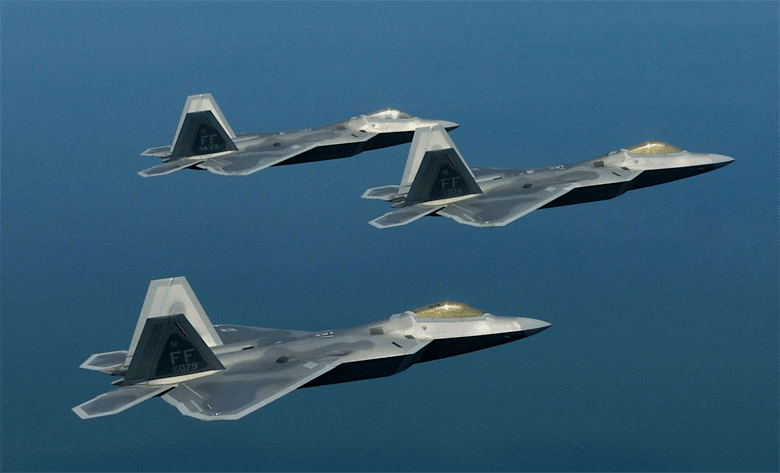
Today, as America looks down the barrel of a potential future conflict with China’s rapidly advancing People’s Liberation Army, those hard-won skill sets American troops have garnered may not be what’s necessary to win a in a direct conflict with a nation that boasts similar technological capabilities. Where these skills could be extremely valuable, however, would be in proxy conflicts between Chinese and American backed third party nations, where direct conflict between backing powers remains minimal.
Keeping a war with China “cold”
There is a way in which America’s well-matured combat tactics may well prove extremely valuable in the years to come, as China and the United States square off over not just economic and diplomatic leverage, but truly over competing ideologies regarding rule. In a way, this locking of horns resembles the Cold War staring match America once found itself in with the Soviet Union. Both the United States and the Soviets possessed such incredible capacities for dolling out death that, in order to continue the conflict without ending the world, the two nations found themselves squaring off through proxy conflicts, with each side providing direct support and even manpower to smaller nations embroiled in their own communist/capitalist grudge matches.
The basic premise of mutually assured destruction that once kept America and the Soviet Union from direct engagement may well carry over into a Sino-American Cold War in the 21st century, as both nations not only possess nuclear arsenals, but both are seen as integral parts of the global economy. Open war between the United States and China would be crippling, not just for the nations involved, but truly, for global commerce.

It’s because of these stakes that it seems unlikely that relations between America and China degrade so significantly in the coming years that open war takes place. Instead, proxy wars, which have truly never gone out of style, may once again become the approach to competition between these two global powers. As China continues to use programs like the Belt and Road Initiative to shore up friendly ports and the logistical power they need to allow their navy global access, and both nations find themselves developing relations in resource-rich, economically downtrodden places like Africa, proxy wars may well become a part of a new Cold War between China and the United States.
And while these smaller conflicts are no less deadly for individual troops in each conflict, America’s breadth of experience in asymmetrical warfare may well give us the edge. Of course, pining for a new Cold War is like hoping you catch the Measles, but even getting the measles may not seem so bad in comparison to something as damaging as an outbreak of Ebola… or open war with China in a waterway that sees a third of all global commerce cross its surface each year.
America may not have found its way to a clear victory in Afghanistan, but it did in the Cold War. The times were different, the stakes were different, and the world was different, but the lessons may yet hold true.
Related Posts
Sandboxx News Merch
-

‘Sandboxx News’ Dad Hat
$27.00 Select options This product has multiple variants. The options may be chosen on the product page -

‘AirPower’ Golf Rope Hat
$31.00 Select options This product has multiple variants. The options may be chosen on the product page -

‘Kinetic Diplomacy’ Bumper Sticker (White)
$8.00 Add to cart

Alex Hollings
Alex Hollings is a writer, dad, and Marine veteran.
Related to: Military Affairs
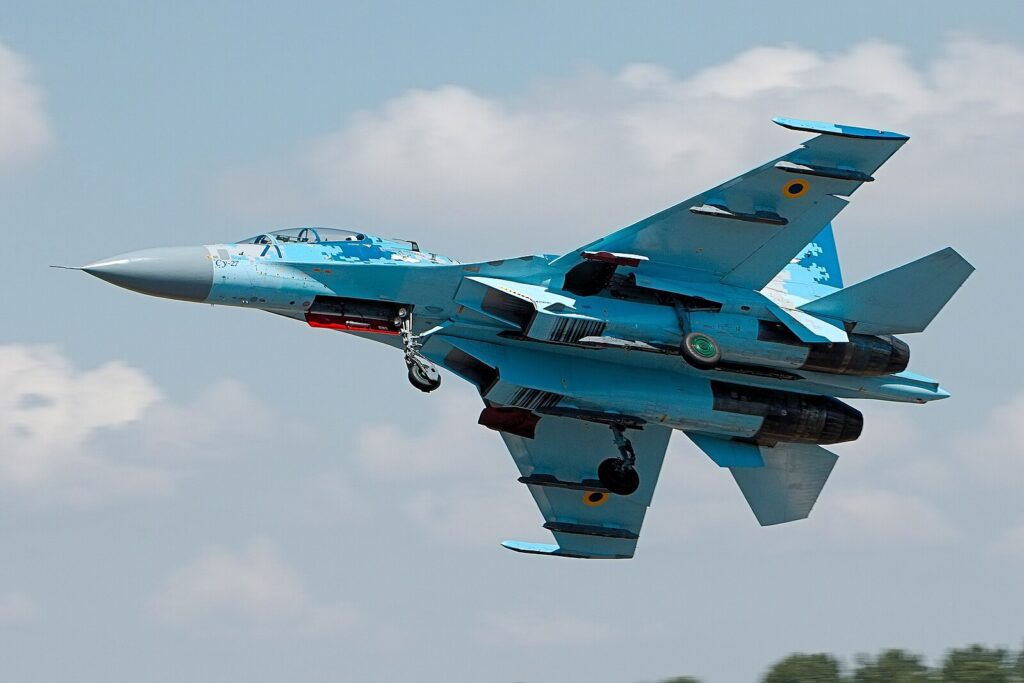
Where do NATO reporting names come from?

How US Special Forces took on Wagner Group mercenaries in an intense 4-hour battle
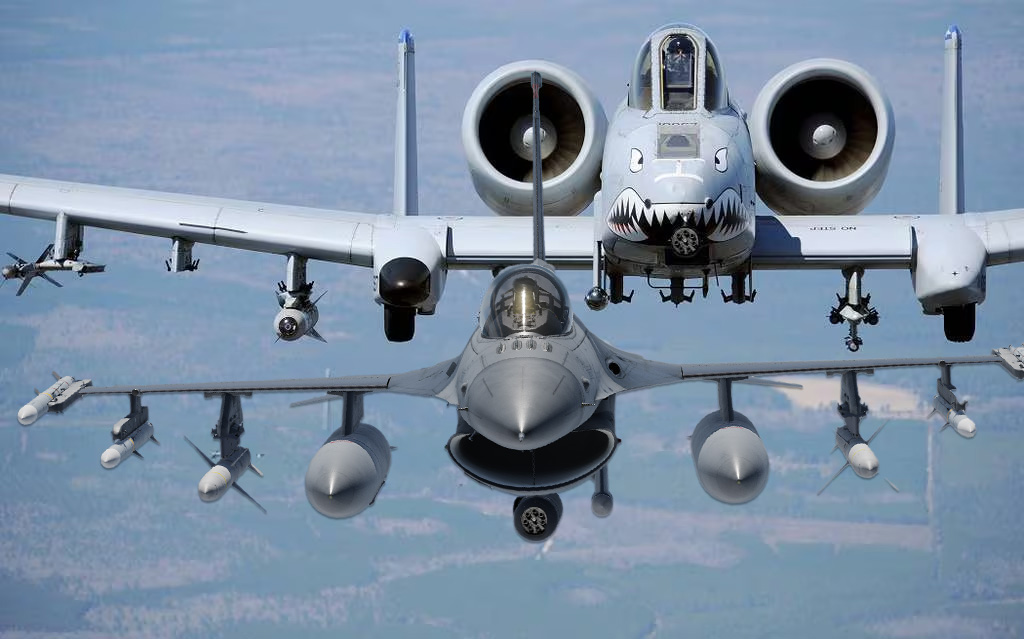
F-16s carrying the A-10’s 30mm cannon actually saw combat
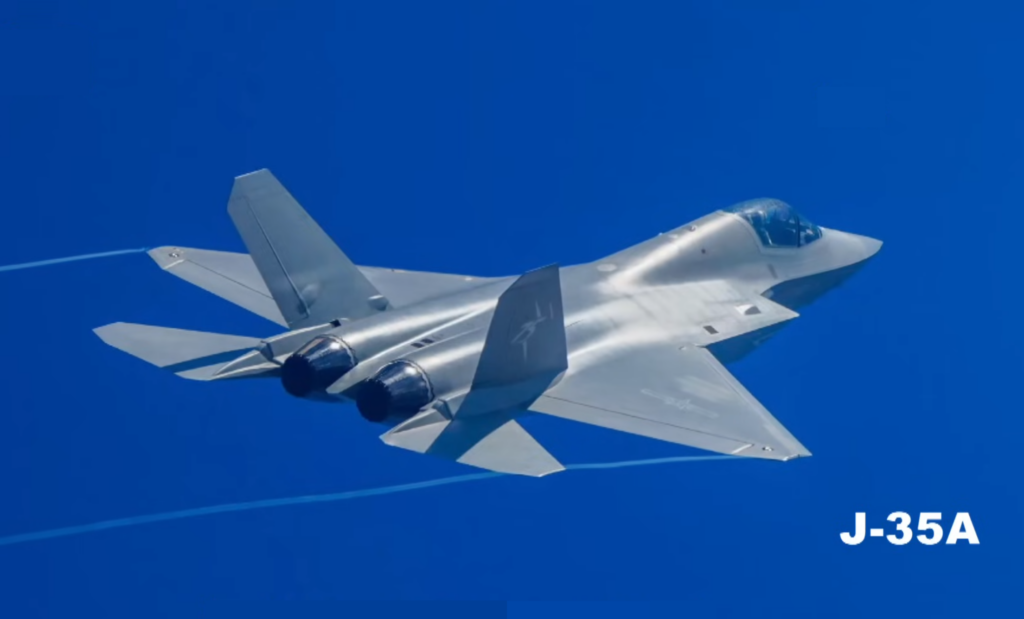
How does China’s new J-35 stealth fighter compare to America’s F-35?
Sandboxx News
-

‘Sandboxx News’ Trucker Cap
$27.00 Select options This product has multiple variants. The options may be chosen on the product page -

‘AirPower’ Classic Hoodie
$46.00 – $48.00 Select options This product has multiple variants. The options may be chosen on the product page -

‘AirPower’ Golf Rope Hat
$31.00 Select options This product has multiple variants. The options may be chosen on the product page -

‘Sandboxx News’ Dad Hat
$27.00 Select options This product has multiple variants. The options may be chosen on the product page
